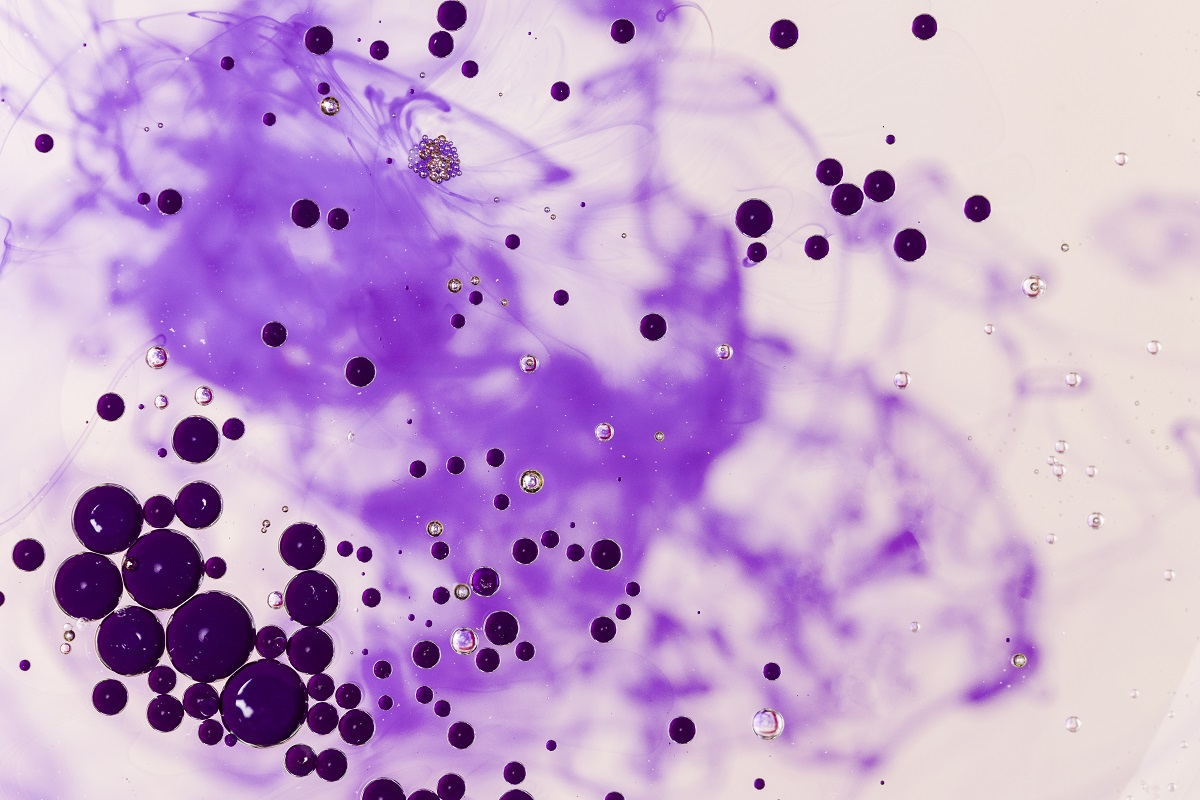KEY TAKEAWAYS
- The AETHERA phase III trial aimed to determine the impact of pre-ASCT exposure to novel agents on the efficacy of BV maintenance therapy in cHL patients.
- BV maintenance emerged as most beneficial after chemo, but its effect waned in pre-ASCT cHL with novel agents, suggesting limited benefit or data gaps.
In the AETHERA trial, brentuximab vedotin (BV) sustainability for post-ASCT enhanced progression-free survival (PFS) in high-risk relapsed/refractory classical Hodgkin lymphoma (cHL) patients. Subsequent shifts in cHL treatment, featuring BV and PD-1 inhibitors earlier in therapy, necessitate reevaluation.
Ayo S Falade and his team have led research aiming to evaluate the differential efficacy of BV maintenance after autologous stem cell transplantation (ASCT) in high-risk classical cHL patients who received novel agents before ASCT, considering the evolving landscape of earlier BV and PD-1 inhibitor incorporation in cHL treatment.
The study included patients diagnosed with R/R cHL undergoing ASCT at 5 US transplant centers between 2010 and 2022. Eligible participants received either no post-ASCT or BV maintenance, while those undergoing investigational treatments were excluded. Clinical variables were identified through meticulous reviews of medical records.
Of 921 identified patients, the median age was 32 (IQR 24-44). About 70% (641 patients) had refractory disease or relapsed within 12 months of frontline therapy, 35% (326 patients) had extranodal disease at relapse, and 19% (173 patients) had B symptoms at relapse.
Before ASCT, patients underwent a median of 2 lines of therapy (range 1-9), with 32% (295 patients) receiving ≥3 lines. BV was administered before ASCT in 46% (425 patients), including 24 as part of frontline treatment.
About 8% (70 patients) were BV-refractory. PD-1 agents were received by 18% (169 patients) during salvage treatment, and 69% (638 patients) responded completely to pre-ASCT PET. BEAM (71%) or CBV (21%) conditioning was predominant, and 26% (236 patients) received peri-ASCT radiation.
About 24% (224 patients) obtained post-ASCT BV sustainability (including 37% of pts undergoing ASCT from 2015-2022). In comparison to those receiving no maintenance, BV maintenance recipients were more likely to have primary R/R disease (79% vs. 67%, P<0.001), received 1 salvage regimen (79% vs. 65%, P=0.001), and underwent BEAM conditioning (83% vs. 67%, P<0.001). BV maintenance patients were less likely to attain peri-ASCT radiation (20% vs. 28%, P=0.022). The BV maintenance cycle was 10 (1-18), and neuropathy was the most common reason for discontinuation. The median post-ASCT follow-up was 4.9 years.
The 5-year progression-free survival (PFS) and overall survival (OS) rates after ASCT were 70% (95% CI 67-74%) and 85% (83-88%), respectively. Given the significant association between BV-refractory status and reduced likelihood of BV maintenance (p=0.0044) and inferior PFS (HR 2.2, p<0.001), BV-refractory patients were excluded from further analyses.
The utilization of BV maintenance was associated with improved PFS(5-year: 81% vs. 67%, HR 0.47 [0.33-0.69], P<0.001) and OS (5-year: 92% vs. 83%, HR 0.38 [0.20-0.73], P=0.004). The PFS benefit of BV maintenance varied based on pre-ASCT therapy. BV maintenance significantly improved PFS for patients who received no novel agents prior ASCT (HR 0.41 [0.25-0.65], P<0.001), but not for BV-treated (HR 0.69 [0.38-1.25], P=0.22) or PD-1-treated patients (HR 0.63 [0.13-3.03], P=0.56).
In patients with 0-1 modified AETHERA risk factors, BV maintenance did not yield a PFS advantage in any experimental subgroup (no novel agents, HR 0.50, p=0.087; BV-treated, HR 1.28, p=0.67; PD-1-treated, HR 2.97, p=0.44). For patients with 2+ modified AETHERA risk factors, BV maintenance notably improved PFS in the no novel agent group (HR 0.35, P<0.001) but not in the BV-treatment group (HR 0.55, P=0.099) or PD-1-treatment groups (HR 0.24, P=0.19).
Multivariable analyses, including main variables(age, year of ASCT, conditioning regimen, peri-ASCT radiation, early relapse/primary refractory disease, B symptoms, extranodal sites, pre-ASCT PET, lines of therapy), revealed BV maintenance’s significant PFS benefit for patients who received no novel agents before ASCT (HR 0.27 [0.12-0.65], p<0.001), but not for those treated with BV (HR 0.56 [0.28-1.10], P=0.091) or PD-1 blockade (HR 1.10 [0.22-5.56], P=0.91) prior ASCT.
The results demonstrated the significant benefit in patients who received only chemotherapy before ASCT but failed to show a significant improvement in PFS for those receiving novel agents before ASCT, possibly due to limited power, implying a more constrained impact in this population. The research was funded by Genentech and Roche.
Source: https://ash.confex.com/ash/2023/webprogram/Paper182318.html
Clinical Trial: https://clinicaltrials.gov/study/NCT01100502
Falade AS, Redd RA, Shah H, et al.’’ Efficacy of Brentuximab Vedotin Maintenance Therapy Following Autologous Stem Cell Transplantation in Patients with Relapsed/Refractory Classical Hodgkin Lymphoma with and without Pre-Transplant Exposure to Novel Agents.’’Presented at: ASH Annual Meeting and Exposition(2023). Session: 624



